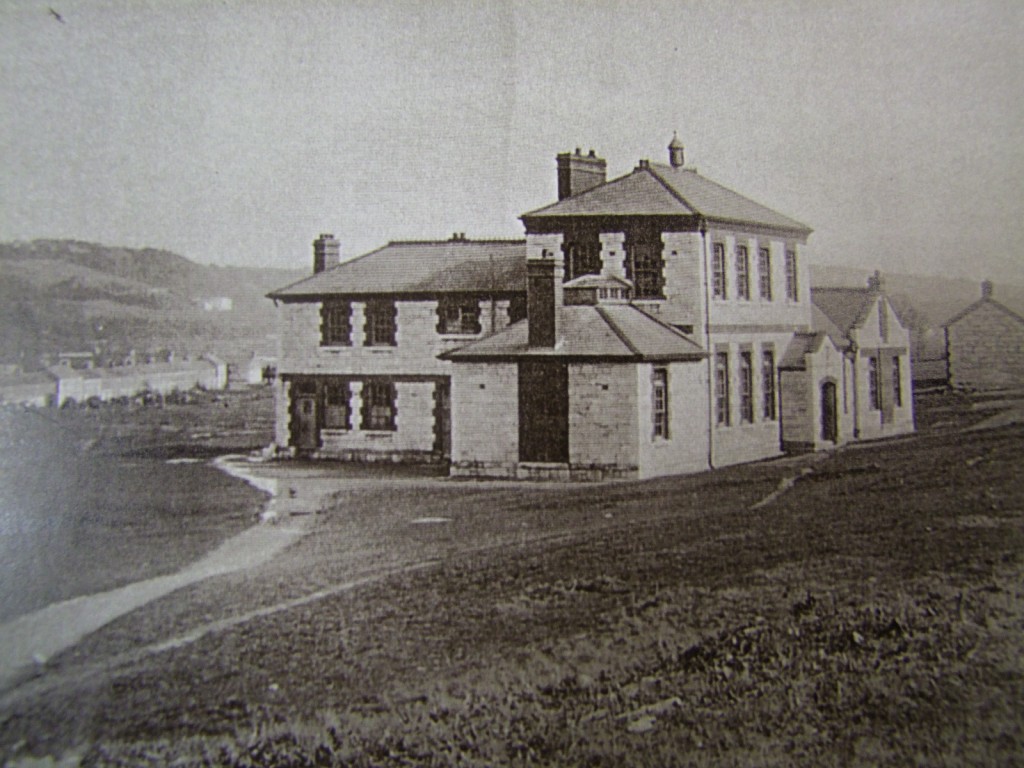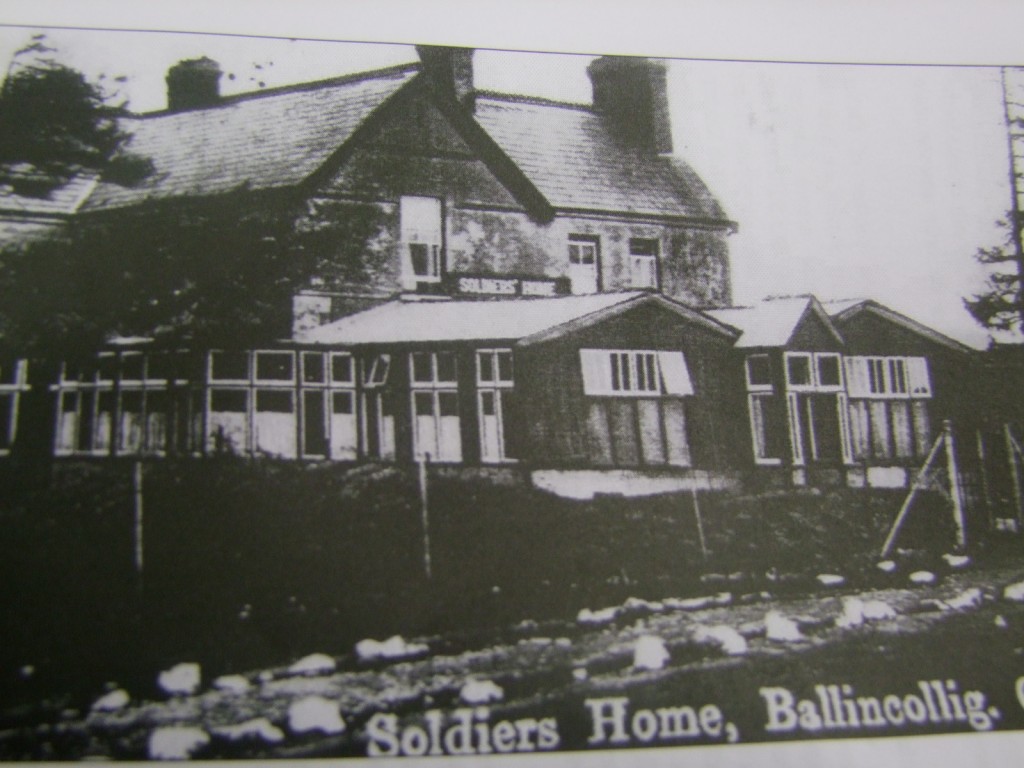
Kieran’s Our City, Our Town, Cork Independent article
In the Footsteps of St. Finbarre (Part 205)
Ballincollig Barracks, 1901
On the postal directories of Ballincollig for the early 1900s, a cavalry barracks is mentioned in the town. Originally built in 1814, it stands as a reminder of the presence of empire within Cork and wider afield in Ireland.
The celtic tiger years coincided with more housing been built than ever before built in Ballincollig. Subsequently it has also opened up the former barracks area more and probably for the first time in nearly a century, the memories of the barracks have been re-opened but now to new meanings. The old recreation house of the barracks is now a pharmacy. The main barracks buildings are now home to offices. There is an ease with how one can walk amongst the buildings. The air of restricted space has been lifted.
Perhaps the only feature to remind one of the barracks former restrictiveness is its demense limestone wall which runs on the eastern side of the main street delimiting the width of the street but also serving up a claustrophobic atmosphere that the townscape on this side of the street is different in nature to the western side. Once defining the military space of the barracks, it now stands a symbol of another age and makes for an interesting contrast with both Aldi and the Dunnes Stores shopping centres respectively.
Ballincollig Barracks is a military landscape set within the river valley landscape – a set of buildings initially organised around a set of functions but ultimately built to protect British imperial needs. The role and impact of the British army and the life of the British soldier within Ireland is an interesting study. How they integrated into the everyday life of towns and villages across Ireland makes for interesting reading.
The work of local historian Dermot O’Donovan highlights many aspects of the composition of Ballincollig Barracks in 1901. He draws on the national census that was taken on 31 March 1901. He also builds on historical journals compiled from students of Ballincollig Community School under Dermot Lucey who has also unearthed aspects of Ballincollig’s history over the last number of years.
On 31 March, 1901, the compiled census records reveal much about Ballincollig as a place. There were 240 soldiers of the provisional regiment of Lancers (the 17th Lancers). The reserve squadrons 12 and 16 were known as the Duke of Cambridge’s Own. The officer in command was Brevet Lieutenant Colonel C.J. Briggs. His second in command was Major W.R. Ricardo. Major Henry Fagan and Captain Eustace Maudsley were also some of the fellow officers. There were 195 privates. They wore a blue uniform with a white plum. There were upwards of forty or more personnel living in married quarters.
A total of 196 soldiers were born in England, 21 in Scotland and 12 from Ireland. The remainder were from Wales, India, East Indies, Isle of Man and Australia. In terms of the religious profession, 183 soldiers were Church of England (75%), 28 soldiers were Roman Catholic (11.6%), 22 were Presbyterians (9%), 4 were Wesleyan, 2 were Baptist and one was Congregationalist. Of the 28 Catholics, 20 were English born, 6 were Irish born and 2 Scottish born. The Irish Roman Catholics were from Dublin, Monaghan, Mayo, Athlone, Kilkenny and Kerry. The Church of England soldiers were from Dublin, Dundalk, Tipperary, Antrim and one Presbyterian from Co. Down.
The literacy rate of Ballincollig Barracks was 100% (read and write). The average age of the soldier in the barracks was 28 years. The oldest soldier was a 55-year old English born private, single status and an ex-labourer. The youngest soldier was a 17-year old, English born private and also an ex-labourer. A total of 51 soldiers (21%) were under 20 years, 81 soldiers were aged between 20 and 30 (33%), 58 soldiers (22%) were aged 30 and 40 and 49 soldiers (20%) were aged between 40 and 50. One soldier was over 50 years of age. A total of 88 soldiers were married (36%). There were two widowers. The majority of the NCO’s were married.
There are upwards of 85 trades or occupations listed in the census returns. The various trades reflect the industrial, urban background of the enlisted soldiers. Labourers, clerks, grooms, carters, engineers made up the first 100 professions.
Army personnel lived both within and without the barracks walls. Soldiers’ houses are still in existence at Station Road across the road from the main entrance to the Barracks. Postal directories list army officers as residents at various addresses in the area. A soldier’s home, supervised in 1907 by Elsie Sandes, was situated beside the graveyard near East Gate and the Mills Ranges.
Various historical figures including Sir Robert Baden Powell, who founded the Boy Scouting Movement in 1908, were stationed at Ballincollig during their military careers.
In 1922, Ballincollig Barracks was formally handed over by the War Department to the new Irish State. During the ensuing Civil War, the barracks was burned. It was only re-opened in 1940 when it was named Murphy Barracks in memory of a former Officer Commanding 3rd Btn. 1st Cork Brigade. He saw active service during the War of Independence and was killed in action at Waterfall on 22nd June 1921.
To be continued…
Captions:
532a. Recreation House, Ballincollig, c.1900 (pictures: Dermot O’Donovan Collection)
532b. Soldier’s Home, Ballincollig, c.1900


